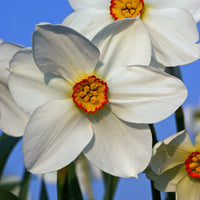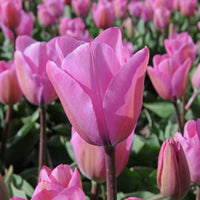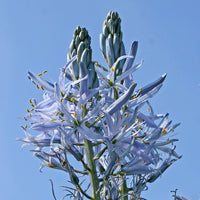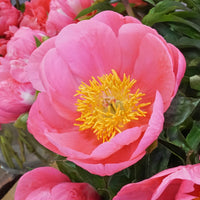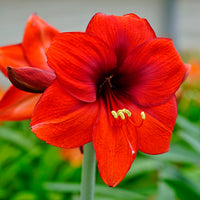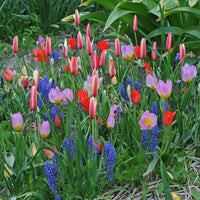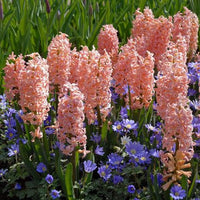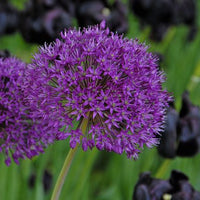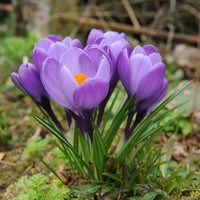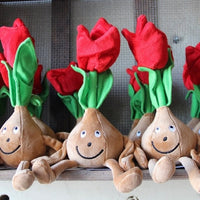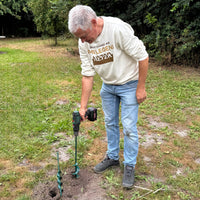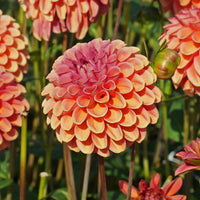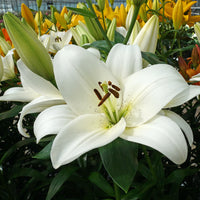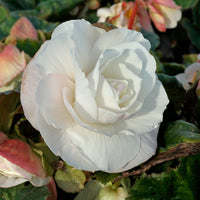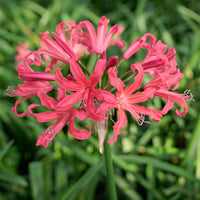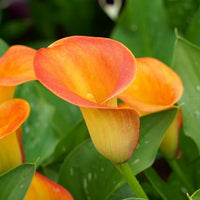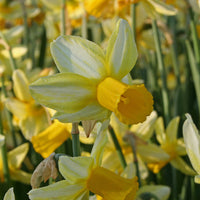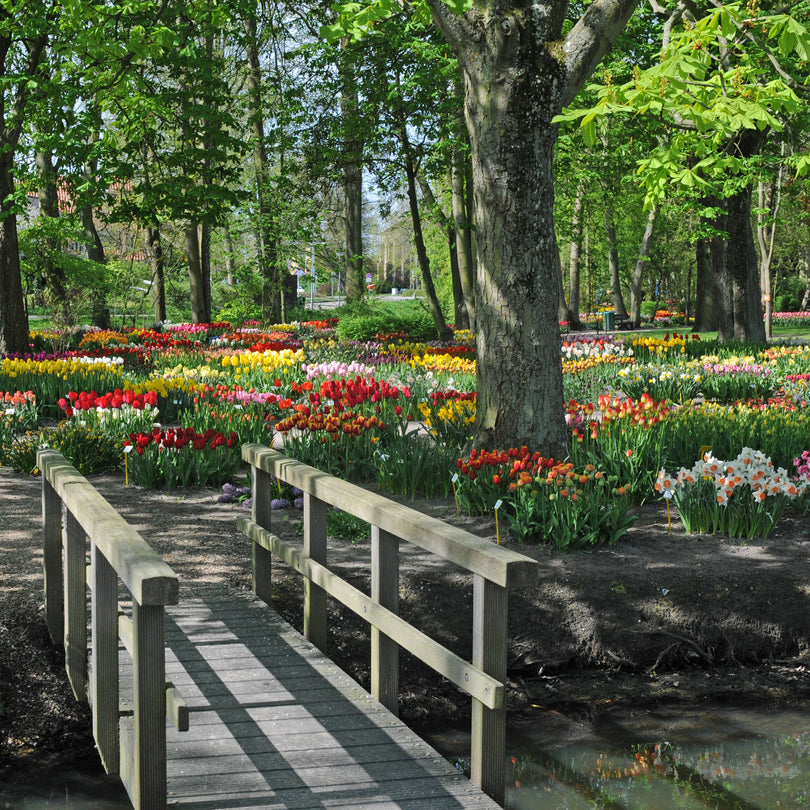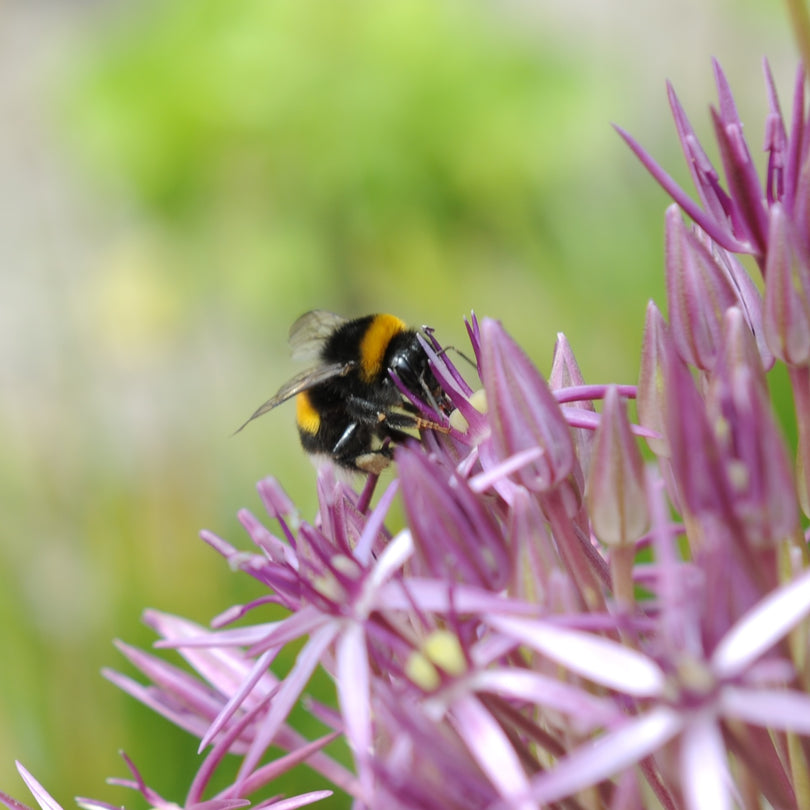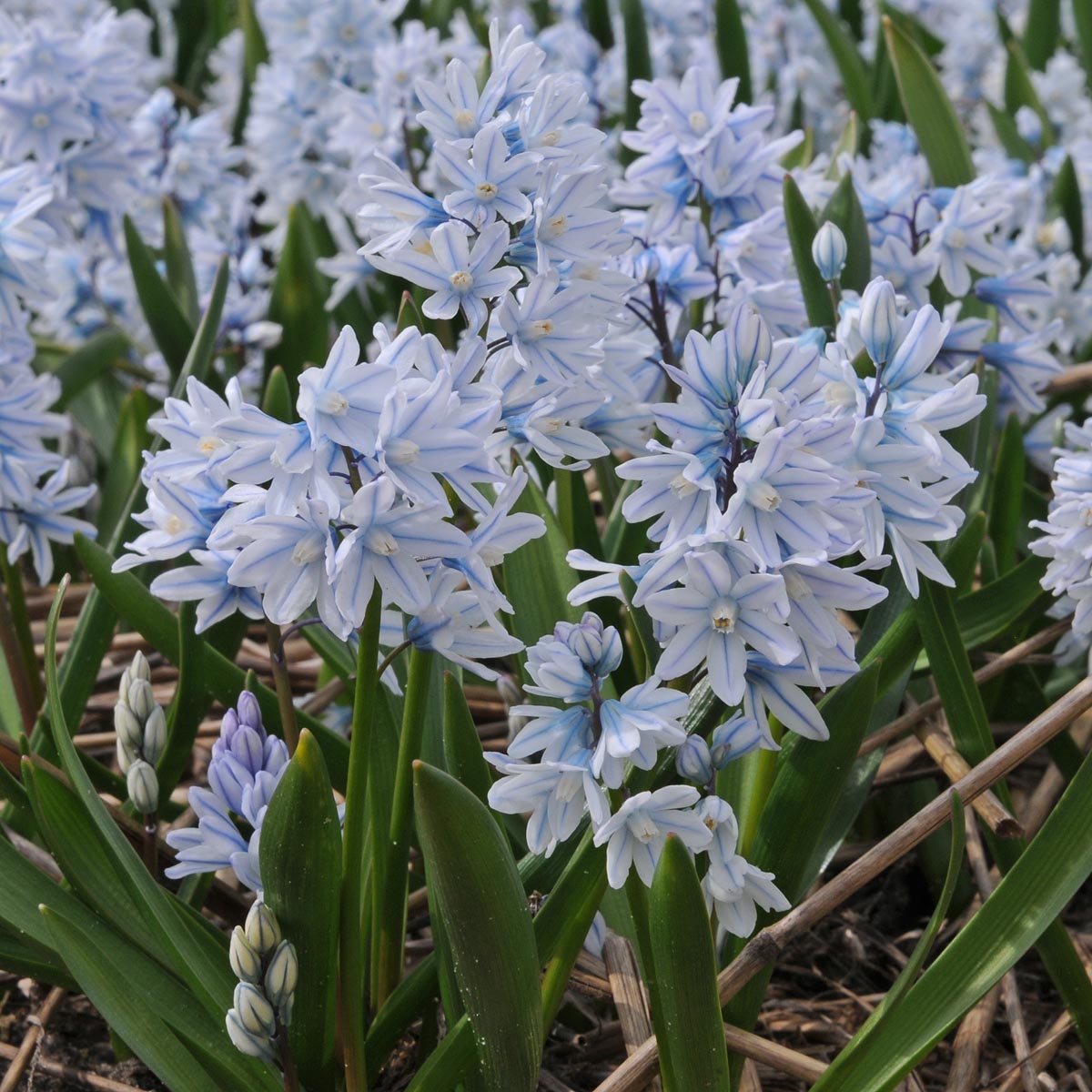And The Beet Goes On
Dear Customer,
I feel like I am experiencing a bit of a writer’s block, where I have to wrestle the words out of me to get them onto paper. But let’s just start typing, my delete button may be a little busier than usual, but we’ll get there. There is always something to talk about, and usually I think of the good stuff just as I’ve ran out of words.

So, my beet. I’ve talked about it before. In March, I told you all about the Beet Club I’ve been a part of for a long time, and I also said how I had at one point won the Beet-Growing-Competition and was therefore World Champion Beet Grower for a year. I have never managed to replicate my victory, but this year’s beet seems to be doing quite well. It is unbelievable how fast one of these beet scan grow if they’re enjoying themselves, and it is also insane to see just how much they eat and drink. It does explain the club’s name, The Thirsy Beet, “De Dorstige Biet” in Dutch.
Way back when I won, my beet weighed 27 kilos, but nowadays the World Championship weight is an astonishing 71,05 kilos. That record was set in 2005. Luckily, my good friend John Huiberts—you might remember him from our visit to Kazakhstan earlier this year—is an expert in soil consistency and maintenance, and he has been advising me on what to do with the soil in which my beet is planted. It’s all very important, but I also know that all this information is probably also available for my competition. That means that winning is alla bout the details, the tiny things no one thinks about when planting and caring for a massive beet. One of those things is music, John and his wife Johanna told me. They are convinced I should play my beet some happy music. The Beatles perhaps. That seems perfect. It’s already a big success.
Enough about my beet for now. Let’s talk about the Dahlia. If your Dahlias are doing as well as mine, you can cut the tops off the plants.
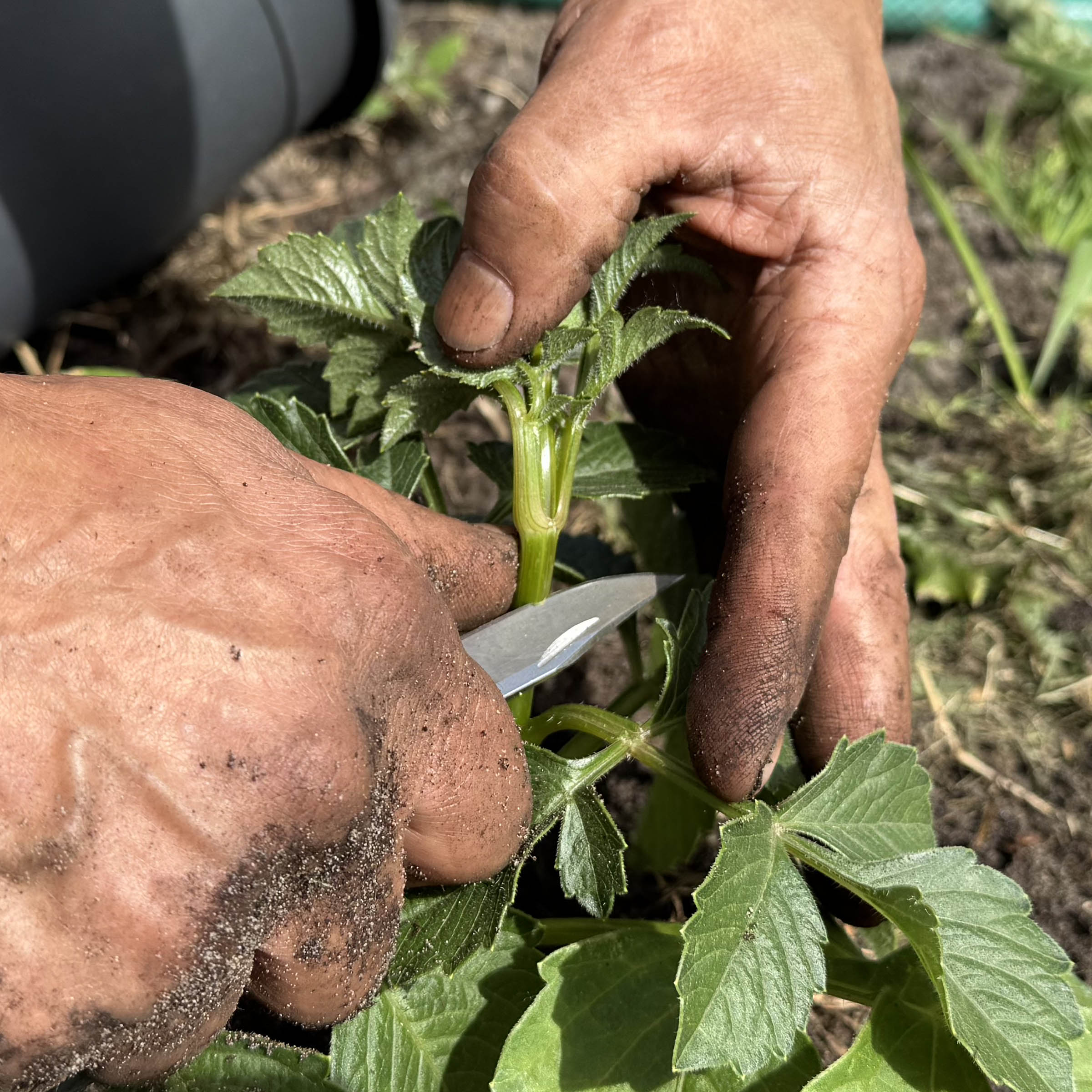
Cutting the top of a Dahlia.
This may feel very counterintuitive, but I promise the final result will be even better because of it.

By cutting the highest sprout off of the Dahlia, the Dahlia is stimulated to make new sprouts along the stem of the sprout.

This is a photo of the same Dahlia, but 18 days later. By taking away the final sprout, we see that in two different places, this sprout has formed two new stems. This means that there are now 4 points where the Dahlia is growing. If you had not removed the end of this sprout, you would have had only one. By cutting off the tops of stems like this, the actual flowering of your Dahlia will start up tot wo weeks later, but you will have four times as many flowers. That means your Dahlia bush will be completely full of flowers, and it will have a way more colourful look.

Every Dahlia is different and every Dahlia grows different, too. There are varieties that only make one sprout, and for these kinds of Dahlias, it is better to cut the top off later. Wait until you seee two or three well-developed sprouts before you cut the end off of all of them.

There are also Dahlias that come out of the ground with three or four sprouts ready to go. With these Dahlias, it isn’t necessary to cut off tops. They are already the kind of Dahlia that will grow into beautiful, full bushes.
What else is going on? Well, harvest has begun, and the first varieties that are being dug up look well. After two years with a vey mediocre harvest, it is nice to see Mother Nature on our side again. You can see that in everything, really: the trees are doing well, and everything that grows looked wild and happy this spring. That’s beautiful to see.
In the upcoming weeks, we’ll go on digging up bulbs, and I’ll tell you more anpit the harvest. But the weather over here is beautiful, so for now, I’m going back outside.
Kind regards,
Carlos van der Veek


